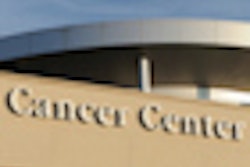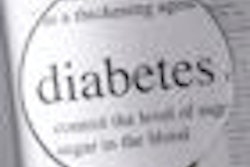The rising incidence of cancers associated with human papillomavirus (HPV) shows a need to increase HPV vaccination coverage levels, according to a report in the Journal of the National Cancer Institute (January 7, 2013).
Despite the decline in cancer death rates in the U.S., the rate of HPV-associated cancers has increased, the report noted.
The American Cancer Society (ACS), the Centers for Disease Control and Prevention, the National Cancer Institute, and the North American Association of Central Cancer Registries annually provide updates on trends in cancer incidence and death rates in the U.S. This year's report highlighted trends in incidence rates for HPV-associated cancers and HPV vaccination coverage levels.
Two HPV vaccines (bivalent and quadrivalent) have been shown to protect against most cervical cancers in women and one vaccine (quadrivalent) also protects against genital warts and cancers of the anus, vagina, and vulva. However, the report had no data available on the vaccine's efficacy for preventing HPV-associated cancers of the oropharynx.
To assess trends in HPV-associated cancer incidence rates and HPV vaccination coverage levels, ACS researchers looked at trends in age-standardized incidence and death rates for all cancers combined and for the leading cancers among men and women. They also analyzed HPV vaccination coverage levels during 2008 and 2010.
Nationally, 32% of females ages 13 to 17 years received three doses of the HPV vaccine in 2010, showing the necessity for increased efforts to increase HPV vaccination coverage, the report said.
HPV vaccination efforts should be focused on females because it's been predicted to be the most effective way to ensure population-level vaccine effectiveness, the researchers concluded.



















